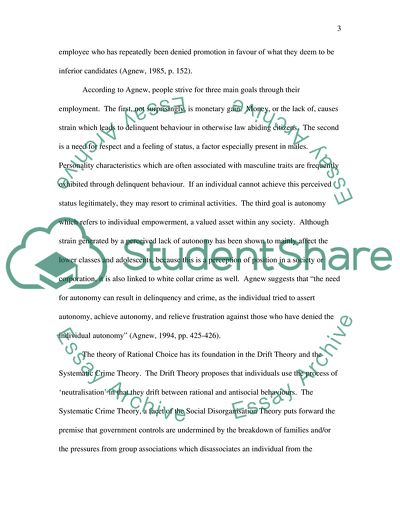Cite this document
(Theories of White-Collar Crime Assignment Example | Topics and Well Written Essays - 1500 words, n.d.)
Theories of White-Collar Crime Assignment Example | Topics and Well Written Essays - 1500 words. https://studentshare.org/law/1704737-criminological-theory
Theories of White-Collar Crime Assignment Example | Topics and Well Written Essays - 1500 words. https://studentshare.org/law/1704737-criminological-theory
(Theories of White-Collar Crime Assignment Example | Topics and Well Written Essays - 1500 Words)
Theories of White-Collar Crime Assignment Example | Topics and Well Written Essays - 1500 Words. https://studentshare.org/law/1704737-criminological-theory.
Theories of White-Collar Crime Assignment Example | Topics and Well Written Essays - 1500 Words. https://studentshare.org/law/1704737-criminological-theory.
“Theories of White-Collar Crime Assignment Example | Topics and Well Written Essays - 1500 Words”. https://studentshare.org/law/1704737-criminological-theory.


